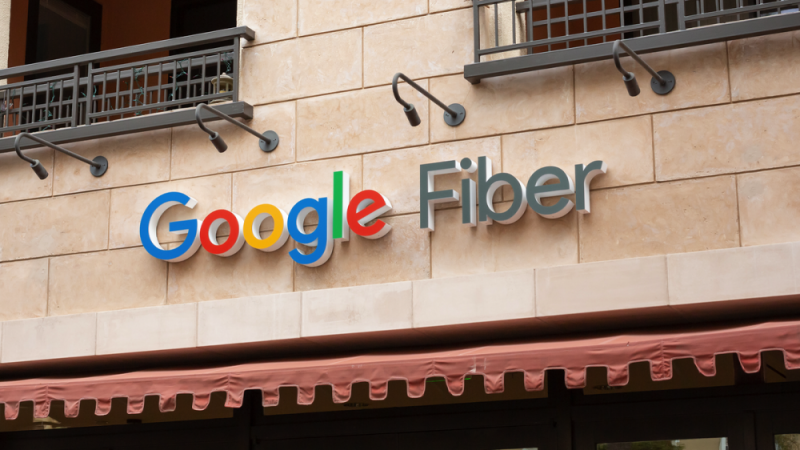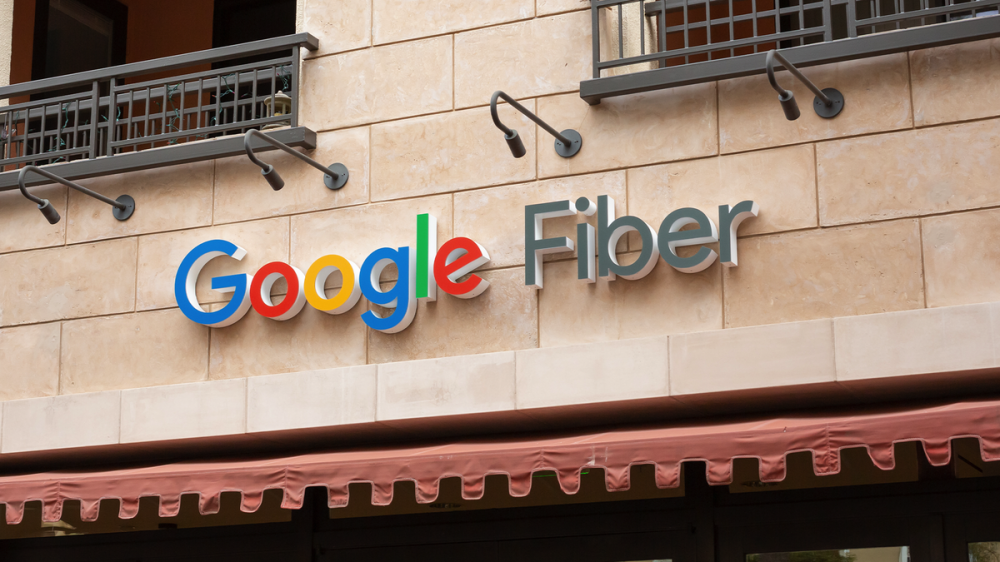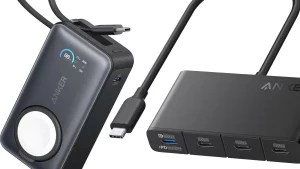Google Fiber Woke Up From a Coma


After several years of stagnation, Google Fiber is expanding its service to several new regions. The provider hopes to add five new states to its network, including Nevada and Idaho. It’s an ambitious plan that should provide high-speed internet in some of the United States’ most underserved areas.
This news is quite exciting—Google Fiber is finally back in action. The service provider floundered through the late 2010s, likely due to its aggressive (and flawed) expansion strategy. Rather than sticking with conventional network infrastructure, Google Fiber tried to lay cables in shallow “nano trenches,” a gamble that led to millions of dollars in losses and several canceled projects.
But Google Fiber CEO Dinni Jain explains that, after some “behind the scenes” refinement of “service delivery,” it’s time to get back to work.
As communities across the country look to expand access to gigabit internet, I’m happy to say that we’re ready to grow alongside them. Our team has spent many months traveling across the country, having conversations with cities looking for the best way to get better internet to their residents and business owners as quickly as possible.
Here are the five states that will gain Google Fiber service:
- Arizona, starting in Mesa (Previously announced in July)
- Colorado
- Nebraska
- Nevada
- Idaho
Additionally, Google Fiber plans to expand its network to Des Moines, Iowa. The service provider added West Des Moines to its network back in March, making Iowa the first new state to gain Google Fiber service since 2016.
This will be a slow rollout, of course. It could take between three and five years for Google Fiber to offer service in these new regions. And plans may change if Google Fiber encounters problems during rollout or develops a poor relationship with local governments.
For reference, Google Fiber currently offers speeds up to 2Gbps. That’s about twenty times faster than the average home internet speed in the United States, though to be clear, AT&T’s Fiber service caps out at 5Gbps.
Source: Google










